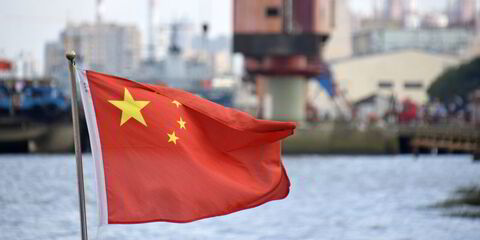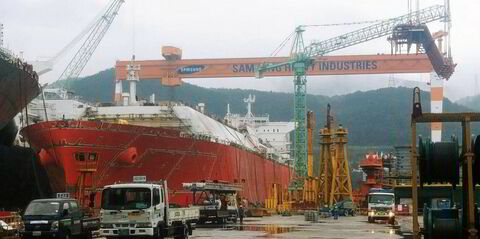A three-tier market will develop for LNG shipping as vessels fitted with the new M-type, electronically-controlled, gas-injection (ME-GI) and XDF propulsion systems start to deliver.
Flex LNG chief executive Jon Cook told the Capital Link Shipping, Marine Services & Offshore Forum in London that the sector is already seeing a definite spread in rates between steam turbine driven and tri-fuel or dual-fuel diesel-electric LNG carriers.
Cook said that Flex has seen a premium offered on one of its upcoming ME-GI newbuildings where a charterer has an option to swap in this type of vessel from the TFDE ship the outfit currently has on charter.
TMS Cardiff Gas chief executive Christos Economou said he favours the XDF system but believes the difference in charter-hire the customer will be prepared to pay will be minimal.
Jon Skule Storheill, who is CEO at Awilco LNG, says the choice of vessel will depend on the trades and while the ME-GI vessels appear to offer advantages, he added: “We will see when they hit the water.”
Pool manager for the Cool Pool, Morten Nielsen, said he thinks all propulsion types have a future and the choice of vessel will be cargo driven and dependent on the trades.
Nielsen also sees a future for the modern steam LNG ships. “These ships were built to last for 40 years,” he said.
Most LNG panel participants agreed that shipyard prices for LNG carriers are currently at rock bottom and unlikely to sink lower.
Cook said prices are the lowest seen for eight years. He highlighted that it would be hard to get a newbuilding for delivery before end 2019.
“We do see excess demand for vessels based on the supply that is coming and that is coming sooner than you could do a newbuild,” he said, adding that this will lead to a mix in the type of vessels chartered in to lift new volumes.



